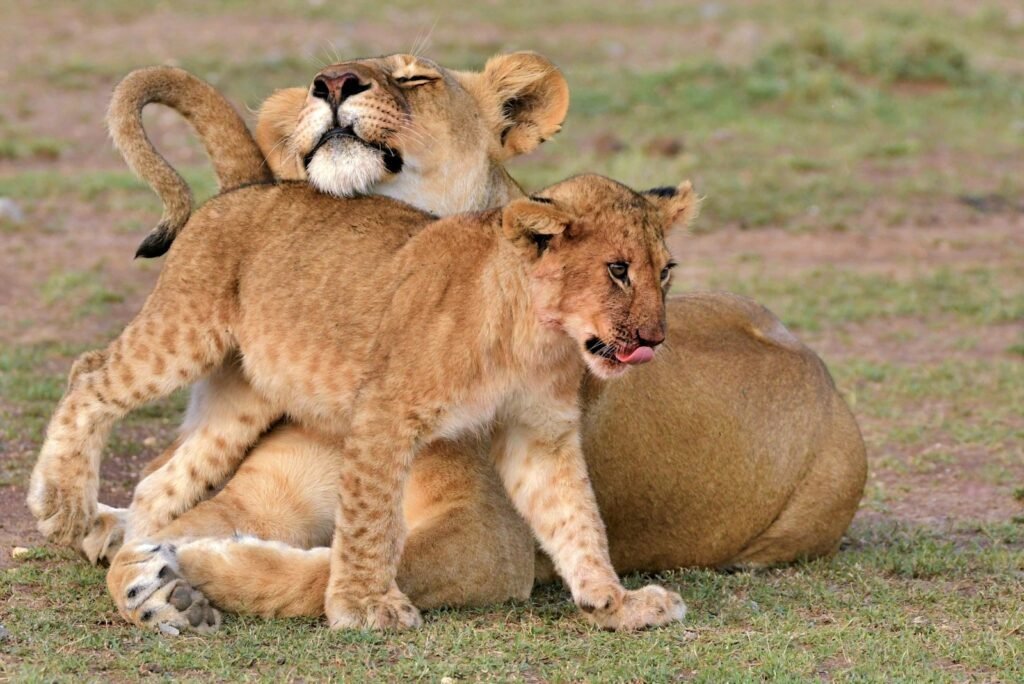Big cat breeding programs have gained significant attention over the years, largely due to media exposure and growing public interest in wildlife conservation. These programs are designed to manage the breeding of different big cat species, typically within zoos or private sanctuaries. While they aim to preserve genetic diversity and prevent extinction, questions about their ethical standing remain controversial.
The Purpose Behind Big Cat Breeding Programs

The primary intention of big cat breeding programs is to conserve endangered species whose populations are dwindling in the wild. By establishing managed breeding protocols, scientists and conservationists hope to maintain healthy genetic diversity and eventually reintroduce captive-bred animals into their natural habitats.
Ethical Considerations in Captive Breeding

There are profound ethical dilemmas surrounding the captivity of wild animals for breeding purposes. Critics argue that confining these majestic animals to enclosures, often far smaller than their natural ranges, is inherently unethical and detrimental to their well-being. Supporters, however, stress the potential benefits of preserving species that might otherwise face extinction.
Conservation or Commercialization?

A critical aspect of the ethical debate is whether these breeding programs prioritize conservation over commercialization. In some instances, breeding programs are disguised as conservation efforts but profit heavily from the attraction of big cats. This raises concerns about exploitation, as the welfare of the animals might be secondary to financial gain.
Genetic Diversity and Health Concerns

Maintaining genetic diversity is vital for the health and survival of species. Ethical breeding programs strive to avoid inbreeding, which can lead to severe health problems. Nonetheless, the limited gene pools available in captivity sometimes result in genetic bottlenecks, adversely affecting the animals’ overall health and viability.
Impact on Behavioral Patterns

Captive environments can drastically alter the behavior of big cats. Deprived of their natural habitats and stimuli, these animals may develop abnormal behaviors, such as pacing, self-mutilation, or excessive grooming. Such behavioral changes raise ethical questions about the impact of captivity on animal welfare.
Role of Accreditation and Regulation

Accreditation by recognized bodies, such as the Association of Zoos and Aquariums (AZA), can ensure that breeding programs meet certain ethical and welfare standards. These institutes must adhere to strict regulations regarding enclosure size, enrichment activities, ethical breeding practices, and veterinary care to safeguard animal welfare.
Reintroduction Challenges

Reintroducing captive-bred big cats into the wild is fraught with challenges. Captive animals may lack essential survival skills, such as hunting prowess and territorial behavior, which are typically passed down through generations in the wild. Successful reintroduction requires detailed planning, significant resources, and often faces a low success rate.
Public Awareness and Education

Ethical breeding programs can raise public awareness about conservation issues by educating visitors on species endangerment, habitat loss, and biodiversity. However, the fine line between education and entertainment must be carefully navigated to ensure that conservation, rather than spectacle, remains at the forefront of public engagement.
The Future of Big Cat Breeding Programs

As the global community becomes increasingly concerned about ethical animal treatment, the future of big cat breeding programs lies in balancing the needs for conservation, education, and animal welfare. Developing new strategies focused on habitat preservation and supportive breeding from a distance, such as satellite and field conservation efforts, may become integral components of these programs.
Conclusion

Big cat breeding programs present an intricate ethical landscape. While they offer potential solutions to species endangerment and extinction, their execution often raises questions about animal welfare and moral responsibility. A continued dialogue among conservationists, scientists, and the public is essential for evolving these programs towards more ethical and effective approaches.

Growing up traveling and experiencing new cultures and wonders, I have had a passion for nature, adventuring, photography, and videography. I am currently working towards a BSc in Biodiversity and Ecology at Stellenbosch University, and I hope to specialise in Marine Sciences one day.
Please send any feedback to Feedback@animalsaroundtheglobe.com






